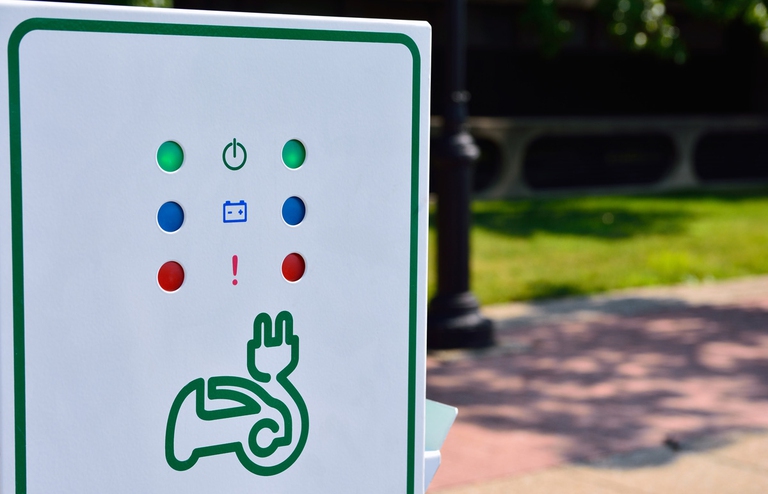https://www.lifegate.it/ricariche-elettriche-nei-distributori-il-piano-di-riconversione-del-governo
- |
- Electric charging at petrol and diesel stations, or in place of old systems.
- Here is the proposal from ministers Pichetto Fratin and Urso.
- The columns must have a power of at least 90 kW.
Create a real one fast electric charging infrastructure network, instead of or next to traditional distributors, so as to favor the electric transition of the road transport sector throughout Italy.In the midst of the controversy over the new record increase in fuel prices, which coincided with the introduction of the obligation to display the sign with the average price of petrol and diesel in all petrol stations, the Italian government is trying to accelerate the green conversion in the sector , through a decree jointly conceived by ministry of the Environment and energy security and from that of Businesses and made in Italy to increase the availability of electric charging on Italian roads.
Put electric recharges online
In the draft circulated in the last few hours, the two ministers Gilberto Pichetto Fratin And Adolfo Urso are trying for the first time to implement a plan aimed at reducing the environmental impact of road transport, and promoting energy efficiency in the country, through the adoption of renewable and sustainable energy sources, capable not only of reducing emissions harmful to the environment, but also create new job opportunities and promote technological innovation.
The decree introduces specific measures aimed at encouraging the transition towards cleaner fuels.Specifically, to encourage the electric transition of the road transport sector, the spread of electricity infrastructure is promoted electric recharges with a power of at least 90 kW for a single infrastructure in the spaces of petrol and diesel fuel distribution plants.These would be systems with considerable power, which would guarantee fast charging, of which there are few at the moment in Italy:second Motus-E, in fact, in June 2023 only 6.7 percent of the approximately 45 thousand charging points present in Italy exceed 99 kW.
In place of the distributors, or next to them
Government intervention involves the granting of a contribution from the state for the expenses necessary to implement the electric charging infrastructure, the strengthening of the connection to the electricity distribution network, the purchase of electric charging equipment.In fact, to install new electric charging stations where traditional petrol stations now stand, special authorization procedures will no longer be necessary, but a simple communication to the competent municipality will suffice.The state will also contribute to the construction of photovoltaic shelters for the production of electricity, in the case of plants located outside urban centres.

But an environmental remediation intervention is also planned in the spaces to be used for the installation of electric charging infrastructures, in the cases of those diesel and petrol service stations that will be completely converted to electric:the reclamation, which will also affect the areas close to the distributors up to 50 metres, must be carried out by 2026.
Are European objectives too ambitious?For the government, yes
The proposal would be an important first step towards progressive decarbonisation of the transport sector, and would also allow Italy to reduce dependence on oil imports, increase energy independence and reduce the resulting CO2 emissions.
Minister Pichetto, however, in the same hours in which he was working on these proposals, explained to Parliament that the indicative proposal for a regulation on CO2 emissions of heavy vehicles formulated by the European Union, and preliminarily discussed a month ago at the European Council of Environment Ministries, and which provides for a increase from 30 to 45 percent of the 2030 emissions reduction objective, is considered by Italy to be too ambitious.
“To ensure effective decarbonisation, it must also be implemented in an economically sustainable and socially fair way, taking into account the employment and production impacts and national circumstances, as well as according to timescales compatible with the development of the sector – said Pichetto – We have also found that the regulation should provide for a role of low carbon fuels, as a complementary technology to that of electrification and fuel cells".In fact, the draft bill at the moment does not appear to contain precise timing for the construction of the new charging plants, other than the end of 2026 for the reclamation.
